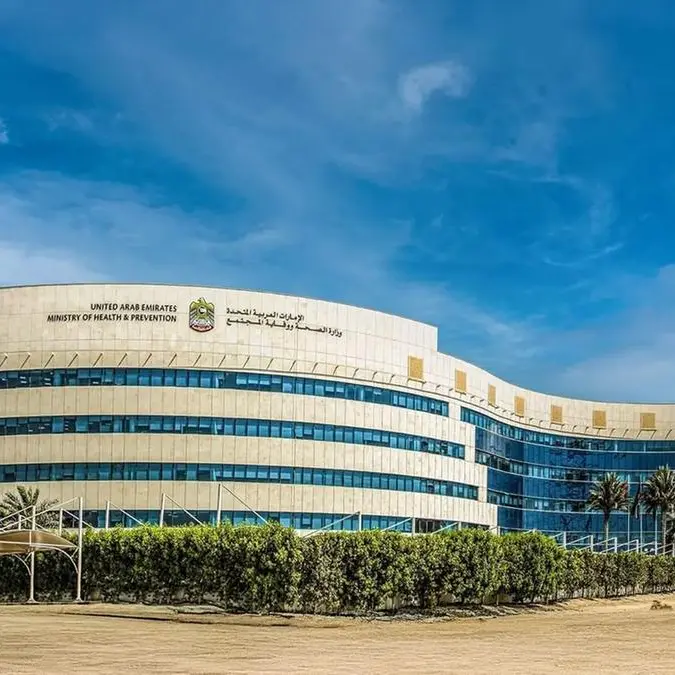PHOTO
GENEVA: The World Health Organisation (WHO) has published the 2023 global health expenditure report, which sheds new light on the evolution of global health spending at the height of the COVID-19 pandemic.
Released ahead of Universal Health Coverage (UHC) Day, the report reveals that in 2021 global spending on health reached a new high of US$ 9.8 trillion or 10.3 percent of global gross domestic product (GDP). Nevertheless, the distribution of spending remained grossly unequal. Public spending on health had increased across the world, except in low-income countries where government health spending decreased and external health aid played an essential supporting role.
In 2021, about 11 percent of the world's population lived in countries that spent less than US$ 50 per person per year, while the average per capita spending on health was around US$ 4 000 in high-income countries. Low-income countries accounted for only 0.24 percent of global health expenditure, despite having an 8 percent share of the world’s population.
The record spending on health in 2021 demonstrated how countries prioritised public health during the pandemic even as economies and societies reeled from the massive disruptions it caused. However, the report also highlights that the scale of growth in public spending on health observed during this period is unlikely to be sustained, as countries shift focus to handle other economic priorities such as slowing growth, high inflation rates and increased debt servicing obligations associated with rising indebtedness.
“Sustained public financing on health is urgently needed to progress towards universal health coverage. It is especially critical at this time when the world is confronted by the climate crisis, conflicts and other complex emergencies. People’s health and well-being need to be protected by resilient health systems that can also withstand these shocks,” said Dr. Bruce Aylward, WHO Assistant Director-General, Universal Health Coverage, Life Course.
The 2023 global health expenditure report also draws on disaggregated spending data by health service providers from 50 countries. Spending at hospitals, ambulatory care providers and pharmacies accounted for most health spending across all income groups (65 percent-84 percent). While spending by all types of health service providers increased in most countries, more rapid growth was seen in spending by preventive care providers than other types of providers.
During the pandemic, countries also adjusted their service delivery mechanisms to adapt to the new demands of battling COVID-19 while sustaining essential services. For example, the report shows that more high-income countries started to utilise pharmacies to deliver preventive care services since the pandemic.
A new and important aspect of this year’s global health expenditure report is the insights into health capital investments, which is essential to the functioning of health systems, now and into the future.
In contrast to current health spending, which reflects the day-to-day consumption of resources, capital investments create new assets, such as buildings and equipment.
Capital investments increased in all income groups during the pandemic: 40-50 percent in low- and lower-middle income countries, and 8-9 percent in upper-middle and high-income countries. In low-income countries, there was a surge in machinery and equipment spending, possibly influenced by the lack of essential equipment, such as ventilators and hospital beds, at the beginning of the pandemic. Hospitals received over half of all reported investments in all income groups. Government spending was also a major driver of the rise in health capital investment. The exception, once again, was low-income countries, where government and external health aid played a critical complementary role in bolstering investment.





















